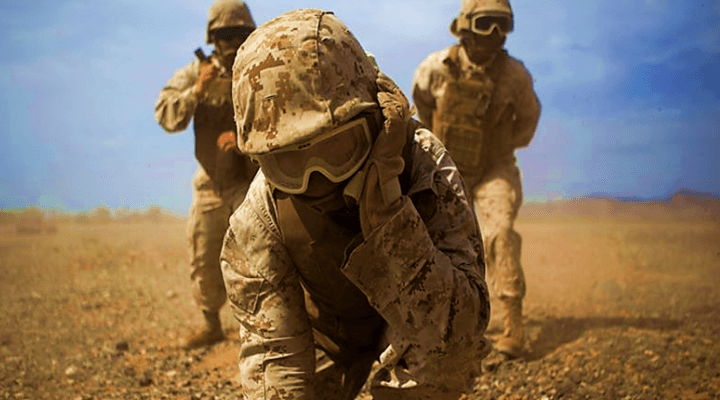While government reports revealed an alarming increase of unemployment among veterans who returned from deployments in Iraq and Afghanistan, a report by the Rand Corporation says veteran unemployment is similar to demographically similar civilians.
The Bureau of Labor Statistics (BLS) revealed dramatic increases in veteran unemployment in 2003–2005. In 2011, the jobless rate for veterans aged 18–24 peaked at 29 percent. While numerous media outlets reported this trend, RAND says the BLS data is based on less reliable estimates of the veteran subpopulation, since it uses short-run fluctuations.
Veteran Unemployment: Lacking an Apples to Apples Comparison
Many media reports focused on raw unemployment comparisons of veteran and non-veteran populations without considering other data such as demographic characteristics, RAND says. For example, since more veterans after 9/11 are black, have a high school diploma or GED, and are male, they should be compared with similar non-veteran demographics for more accurate results.
RAND conducted its own research that found the unemployment rate for veterans after 9/11 is similar to non-veterans. “In fact, post–9/11 veterans are more likely than similarly situated non-veterans to be employed full time rather than part time,” the report’s authors noted.
RAND also has an explanation for the spike in post 9/11 veterans who received unemployment benefits. The report said it was primarily due to the large numbers of reservists mobilized in Iraq and Afghanistan, who, upon return, found it difficult to find work immediately. The longer a reservist is deployed, the more difficult it usually is to return to an old job.
“RAND found little evidence to suggest that poor health, discrimination against veterans, or an adverse civilian labor market was to blame for the spike in (unemployment) claims,” the RAND reported noted.
Even post-traumatic stress disorder (PTSD) didn’t have much of an affect on veteran earnings after deployment, RAND said. It decreased earning by only about six percent in the four years after deployment.




